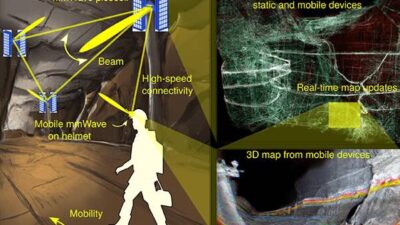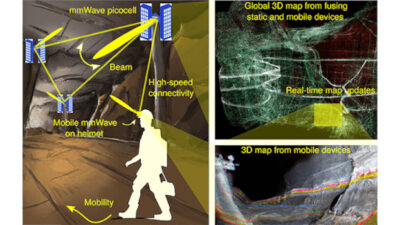Frame grabbers continue to provide benefits for machine vision applications because of the rising resolution and speed of image sensors.
Frame grabbers were a highly popular machine vision technology in the very beginning of the machine vision industry. Many proclaimed the end of the frame grabber for industrial applications once PCs were introduced because of their processing power and interfaces. Today, the truth couldn’t be more different.
The frame grabber has endured and is an essential technology in many machine vision applications. They are especially useful for the inspection of flat panel displays and consumer electronics where high-speed data transfer is desirable. A number of trends are driving the growth of frame grabbers.
One of the primary reasons for the continued need for frame grabbers lies in the rising resolution and speed of image sensors. For example, a 50MP image sensor is commonplace today; some of the most advanced sensors on the market exceed 100MP. This creates an enormous amount of image data thar requires the bandwidth of a frame grabber for accurate imaging.
Similarly, large amounts of image data transfer risk the loss of image data. Some interfaces and cables are more prone to data loss than others and some interfaces are less deterministic. Frame grabbers improve data transfer reliability and reduce interrupt issues and delays for higher quality imaging.
Far from obsolete, the frame grabber is used more than ever today. With increasing machine vision resolutions and speeds, as well as the introduction of new interfaces, the frame grabber will continue to grow in importance.
This article originally appeared in Vision Online. AIA is a part of the Association for Advancing Automation (A3), a CFE Media content partner. Edited by Chris Vavra, production editor, CFE Media, [email protected].



